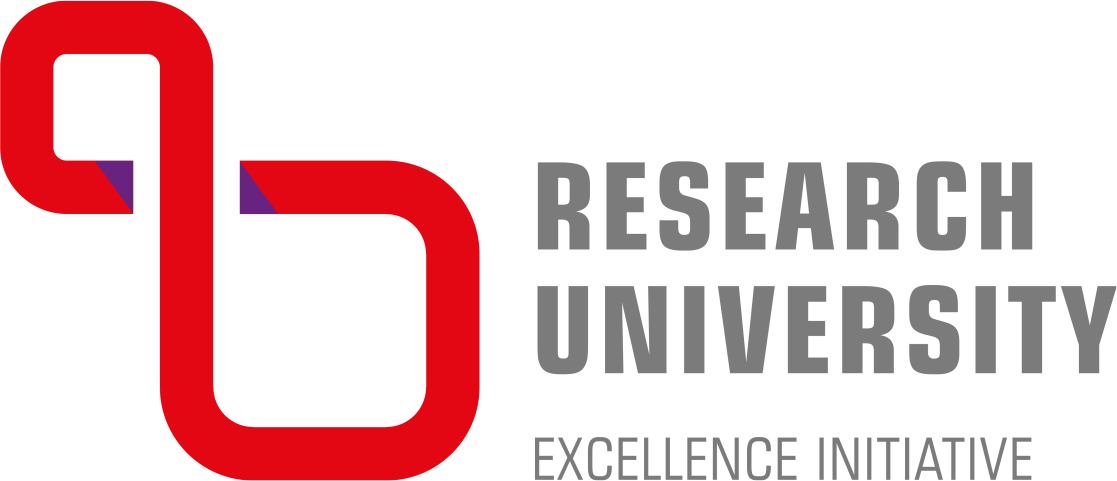Food colours are one of the most distinctive and controversial food additives. For many people, they are an unnecessary element, used only for visual effect.
Unlike preservatives, the use of which in mass production is technologically justified, dyes do not have any practical functions. They do not affect the taste, smell or shelf life of the product. In most cases, they also do not provide any nutritional value.
Supporters of dyes argue that they give food an attractive appearance, which increases appetite and makes food more enjoyable. Opponents argue, however, that artificial colors are an unnecessary visual deception, and their use is often aimed at masking the poor quality of the product.
But from a chemical point of view, what are dyes?
Due to their origin, dyes can be divided into:
a) Natural are usually of plant origin, but may also be of animal origin. Examples of such dyes are
- Carotenoids: give yellow, orange and red color. They are found in carrots, pumpkins, peppers and tomatoes.
- Curcumin: gives a yellow-orange color. Found in turmeric
- Chlorophylls: give green color. They are found, among others, in vegetable leaves and algae.
- Anthocyanins: give blue, purple and red color. They are found, among others, in berries, blueberries and grapes.
An example of animal dye is cochineal, and chemically carminic acid. This beautiful red dye, which can be found in sweets or orangeade, is obtained from dried and ground insects – cactus june.

b) Dyes identical to natural ones: these are compounds whose structure does not differ from those found in nature, but are synthesized in the laboratory. Such dyes include beta-carotene or riboflavin.
c) Synthetic dyes are usually smaller organic molecules, often containing aromatic rings. Their colour is also the result of light absorption, but their chemical structure is more diverse than natural dyes.
- Tartrazine (E102) – yellow colour
- Quinoline yellow (E104) – yellow-green
- Azorubine (E122) – red
- Brilliant blue FCF (E133) - blue colour
It is also important to remember that some dyes can have a negative effect on our health. They can cause allergies, concentration problems and even hyperactivity in children.
Due to the upcoming Easter holidays, we have a special Christmas touch for you!
WHAT AND HOW ARE COLORED EGGS?
To color the egg, we usually buy ready-made dyes in the form of powder, which we then dissolve in hot water with vinegar. The shell of an egg dissolves in vinegar due to a chemical reaction between the calcium carbonate of which it is built. This reaction occurs gradually, so the shell of the egg does not dissolve immediately in the vinegar. The longer the egg is immersed in vinegar, the more the shell will dissolve. Gentle violation of the structure of the shell, allows the dye to penetrate into its depth, giving us a beautiful Easter egg. Dyes, which can be bought in the store, around Easter, you can see on our graphics.

On the occasion of Easter we wish all students, lecturers and employees of Silesian University of Technology love, which is more important than all goods, health, which allows to survive the worst. A job that helps you live. Smiles of loved ones and strangers that make breathing easier and happiness that often saves our lives!










